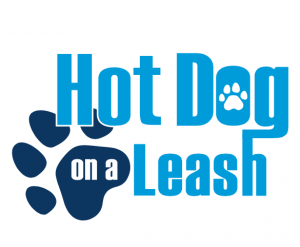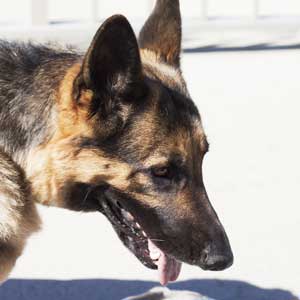“Paw”sitive Service Dog Training Results
Tailored Training for Every Pup
At Hot Dog on a Leash, we understand that every canine companion is unique. Our expert trainers craft personalized service dog training programs to suit your dog’s temperament, breed, and specific needs. From basic obedience to advanced task training, we’ll help your furry friend become the ultimate service partner.
Life-Changing Skills for Independence
Transform your life with a highly-trained service dog. Our comprehensive training equips your four-legged friend with essential skills to assist with mobility, medical alert, and emotional support. Experience newfound freedom and confidence as your loyal companion learns to retrieve items, open doors, and even alert you to potential health issues.
Building Unbreakable Bonds
Our training goes beyond commands – we focus on strengthening the connection between you and your service dog. Through positive reinforcement techniques and hands-on guidance, we’ll help you develop a deep understanding of your dog’s cues and behaviors. The result? A rock-solid partnership built on trust and mutual respect.
Why Choose Hot Dog on a Leash?
Certified Expertise
Our team of trainers boasts years of experience and industry-recognized certifications. Rest assured, your beloved pup is in the most capable hands throughout the training journey.
Customized Training Plans
We don’t believe in one-size-fits-all solutions. Our tailored approach ensures that your service dog receives training specific to your unique lifestyle and requirements.
Ongoing Support
Our commitment doesn’t end with training completion. We offer continued guidance and resources to ensure a smooth transition and long-term success for both you and your service dog.
Proven Track Record
Join our growing family of satisfied clients who have experienced life-changing results. Our success stories speak volumes about the effectiveness of our training methods.
Get Started Today!
Embark on an incredible journey with your future service dog. Contact Hot Dog on a Leash now to schedule a consultation and discover how we can help you unleash your dog’s full potential. Together, we’ll create a pawsitively amazing partnership that will enhance your life in ways you never imagined!










